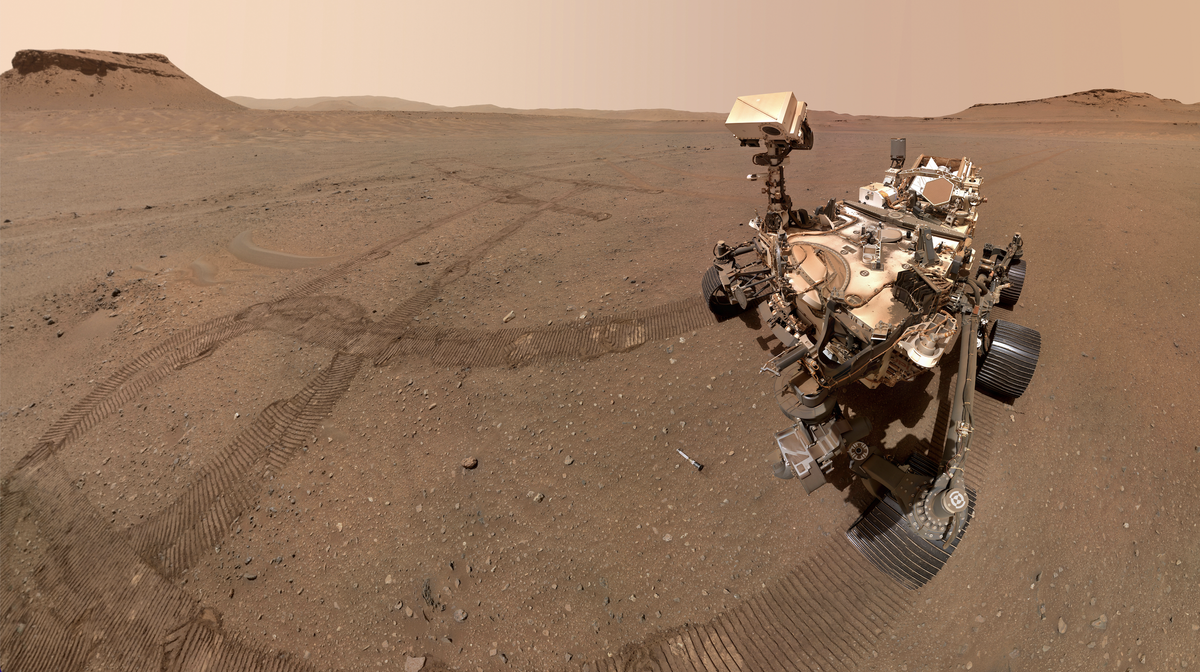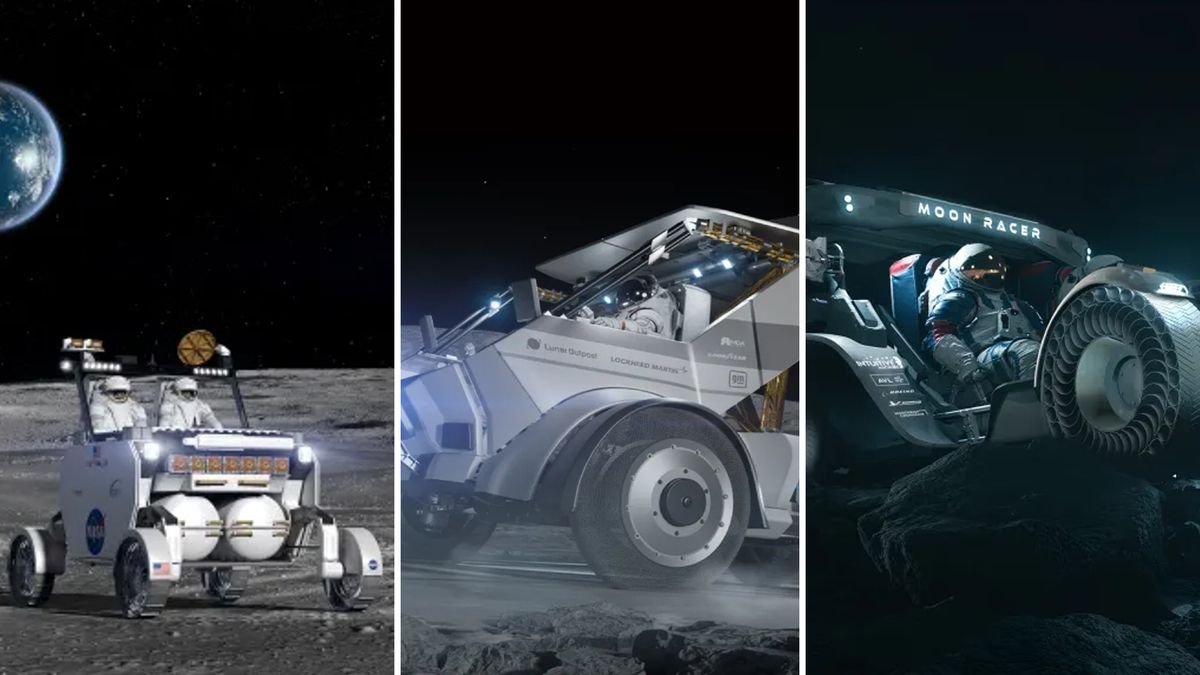Boeing’s Proposal for NASA’s Mars Sample Return Project
Boeing has recently presented a new concept to assist NASA in revitalizing its Mars Sample Return project, aiming to streamline operations and reduce costs for the mission. NASA had raised concerns over the current plan’s budget of approximately $11 billion, as well as issues related to complexity and scheduling.
Boeing’s Vision for Mars Sample Return Mission
At the recent Humans to Mars Summit, former NASA Chief Scientist Jim Green outlined Boeing’s innovative approach to the Mars sample return mission. The proposal centers around utilizing NASA’s Space Launch System (SLS) rocket, in which Boeing plays a significant role as a lead contractor. The SLS rocket, having demonstrated success during its Artemis 1 moon mission in late 2022, is envisioned to carry all the necessary hardware for a comprehensive Mars sample return mission.
Green emphasized the mission’s simplicity as a key priority, with the proposed concept requiring only a single launch. In contrast to NASA’s original plan involving multiple launches, Boeing’s idea involves deploying a lander on Mars, equipped with an entry and descent aeroshell and a descent module featuring retro rockets to facilitate the return of the valuable samples.
Key Elements of Boeing’s Concept
Boeing’s proposal includes the deployment of a fetch rover to collect samples gathered by NASA’s Perseverance rover. Additionally, a two-stage Mars Ascent Vehicle (MAV) with a sample canister and an encapsulation system would be responsible for reaching Mars orbit and initiating the journey back to Earth, eliminating the need for a Mars orbit rendezvous and docking with a transfer vehicle.
While Boeing’s approach offers a more streamlined solution for the Mars Sample Return project, concerns have been raised regarding the cost implications of utilizing the SLS rocket, estimated to exceed $2 billion for a single launch. This contrasts with NASA’s consideration of a smaller and more cost-effective MAV design, potentially leading to a reduction in the number of sealed titanium tubes containing collected samples.
Future Steps for the Mars Sample Return Project
NASA is currently accepting proposals until May 17, with plans to devise a new strategy for the Mars Sample Return project later this year. Despite the challenges, NASA Administrator Bill Nelson reaffirmed the project’s significance, emphasizing the importance of returning samples before potentially sending humans to Mars to enhance our understanding of the Martian environment, including soil composition and available resources.
Image/Photo credit: source url





